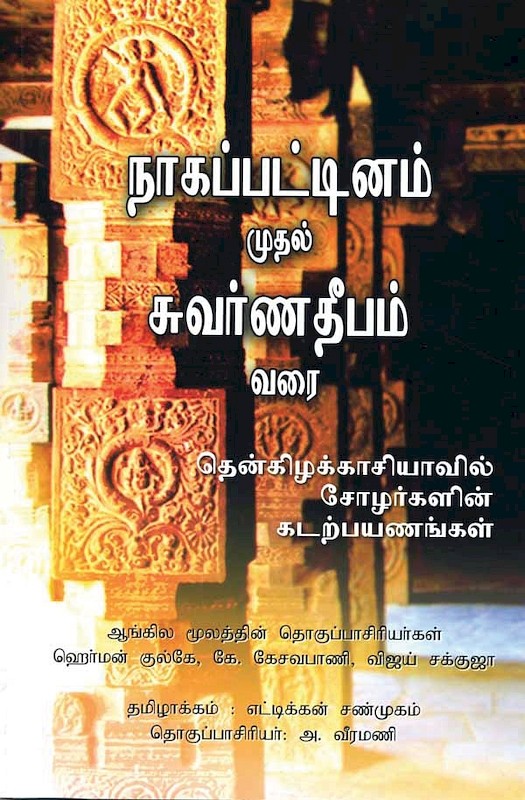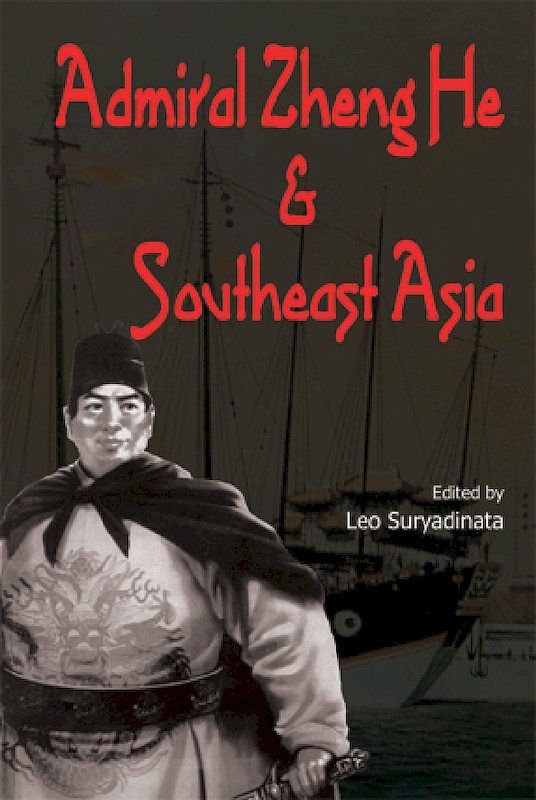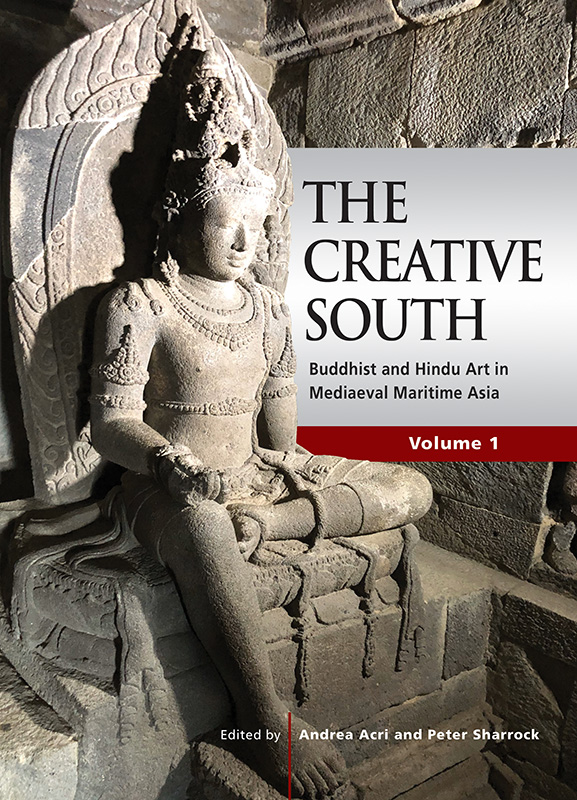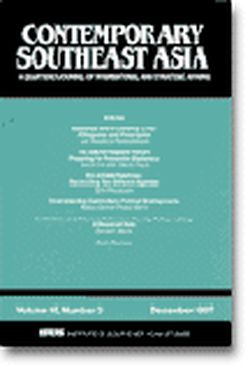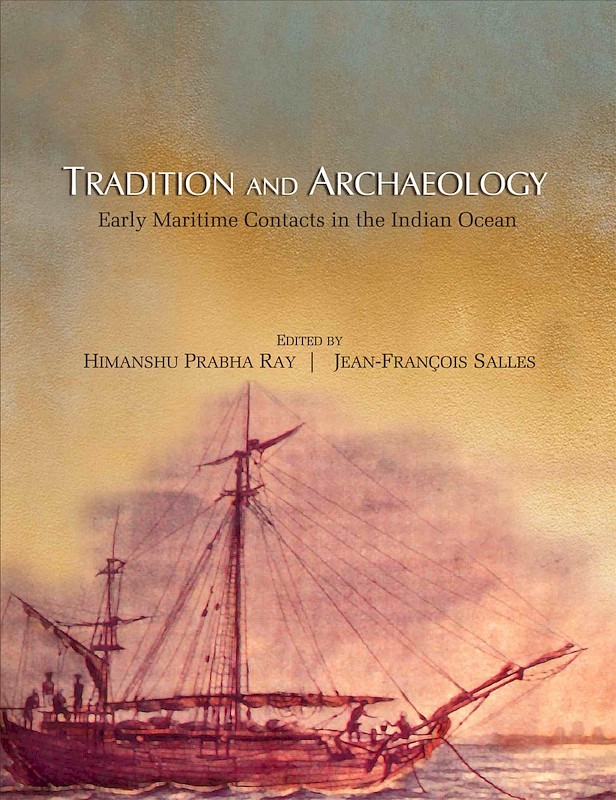Nagapattinam to Suvarnadwipa: Reflections on the Chola Naval Expeditions to Southeast Asia
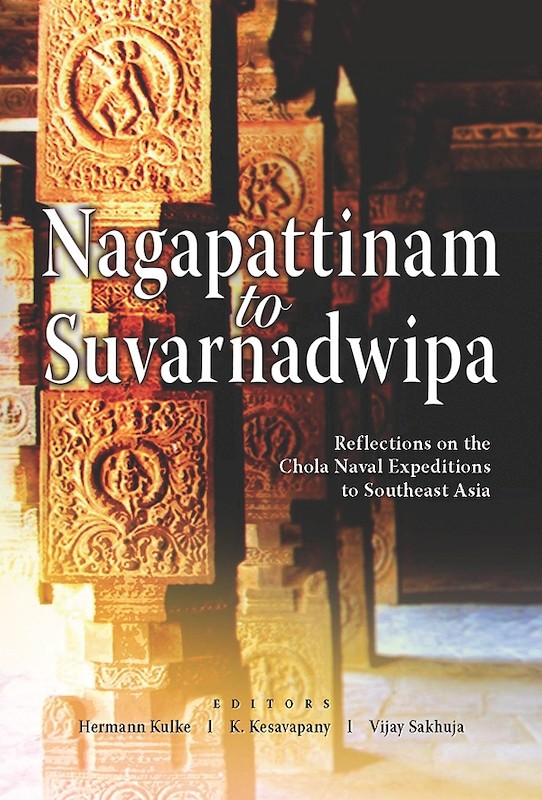
Reviews
"The ostensible subject of the book are the naval expeditions of Rajendra Chola against the kingdom of Srivijaya (in Sumatra) in c.1025 and 1070, but its purview actually extends far beyond those specific events. In fact, the most important point that emerges from it is the need for historical narratives that break forth through continental, national and regional boundaries in order to explore the complex cultural transactions that have been criss-crossing such boundaries from times immemorial. The essays in this book focus on other issues as well -- for instance, the evolution of the port of Nagapattinam from the seventh century and the building of a 'Chinese pagoda' there, and the Pallava precursors to the southeastern initiatives of the Cholas. A number of essays highlight the India-China connections. Three especially interesting essays highlight the cultural impact of maritime trade. In the context of Indian Ocean trade, the connection between empire and trade appears especially to have been intense in the early second millennium. At the same time, it should be noted that the decline of the Cholas did not lead to a decline in maritime trade of South India" (China Report).
"This welcome volume on the Chola intervention, already 15 years in advance of its millennial anniversary, does succeed in clarifying the likely motivation and character of the last Indian intervention in the Southeast Asian region before the British-Indian conquest of Java in 1811. It does this not by putting new data on the table -- the same rather few hard facts are returned to repeatedly by different authors. The achievement of this book and the 2007 conference that lay behind it was to bring together discourses that have regrettably engaged little in a much-needed conversation. Still, this is a valuable advance towards bridging the gap that opened up between Indian and Southeast Asian scholarship in the 1950s" (Journal of Southeast Asian Studies).
About the publication
Concurrently, the Southeast Asian polity of Sriwijaya had, through its Sumatran and Malayan ports, come to occupy a key position in East-West maritime trade, requiring engagement with both Song China to the north and the Chola kingdom to its west. The apparently friendly relations pursued were, however, to be disrupted in 1025 by Chola naval expeditions against fourteen key port cities in Southeast Asia. This volume examines the background, course and effects of these expeditions, as well as the regional context of the events. It brings to light many aspects of this key period in Asian history.
Unprecedented in the degree of detail assigned to the story of the Chola expeditions, this volume is also unique in that it includes translations of the contemporary Tamil and Sanskrit inscriptions relating to Southeast Asia and of the Song dynasty Chinese texts relating to the Chola Kingdom.
The ISEAS edition is for distribution in all countries except India.
Co-publication: Institute of Southeast Asian Studies
Institute of Southeast Asian Studies
Contents
-
Nagapattinam to Suvarnadwipa: Reflections on the Chola Naval Expeditions to Southeast Asia
[Whole Publication, ISBN: 9789812309389] -
Preliminary pages
-
1. The Naval Expeditions of the Cholas in the Context of Asian History, by Hermann Kulke, author
-
2. Medieval Commercial Activities in the Indian Ocean as Revealed from Chinese Ceramic-sherds and South Indian and Sri Lankan Inscriptions, by Noboru Karashima, author
-
3. The Military Campaigns of Rajendra Chola and the Chola-Srivijaya-China Triangle, by Tansen Sen, author
-
4. Rajendra Chola Is Naval Expedition to Southeast Asia: A Nautical Perspective, by Vijay Sakhuja, Sangeeta Sakhuja, authors
-
5. A Note on the Navy of the Chola State, by Y. Subbarayalu, author
-
6. Excavation at Gangaikondacholapuram, The Imperial Capital of Rajendra Chola, and Its Significance, by S. Vasanthi, author
-
7. New Perspectives on Nagapattinam: The Medieval Port City in the Context of Political, Religious, and Commercial Exchanges between South India, Southeast Asia and China, by Gokul Seshadri, author
-
8. South Indian Merchant Guilds in the Indian Ocean and Southeast Asia, by Noboru Karashima, author
-
9. Anjuvannam: A Maritime Trade Guild of Medieval Times, by Y. Subbarayalu, author
-
10. Rajendra Cholas Naval Expedition and the Chola Trade with Southeast and East Asia, by A Meenakshisundararajan, author
-
11. Cultural Implications of the Chola Maritime Fabric Trade with Southeast Asia, by Hema Devare, author
-
12. Sri Lanka and Southeast Asia during the Period of the Polonnaruva Kingdom, by Anura Manatunga, author
-
13. India and Southeast Asia: South Indian Cultural Links with Indonesia, by P. Shanmugam, author
-
14. Rajendra Cholas Invasion and the Rise of Airlangga, by Ninie Susanti, author
-
15. Rethinking Community: The Indic Carvings of Quanzhou, by Risha Lee, author
-
App I: Ancient and Medieval Tamil and Sanskrit Inscriptions Relating to Southeast Asia and China, by Noboru Karashima, Y. Subbarayalu, authors
-
App II: Chinese Texts Describing or Referring to the Chola Kingdom as Zhu-nian, by Noboru Karashima, Tansen Sen, authors
-
Index

